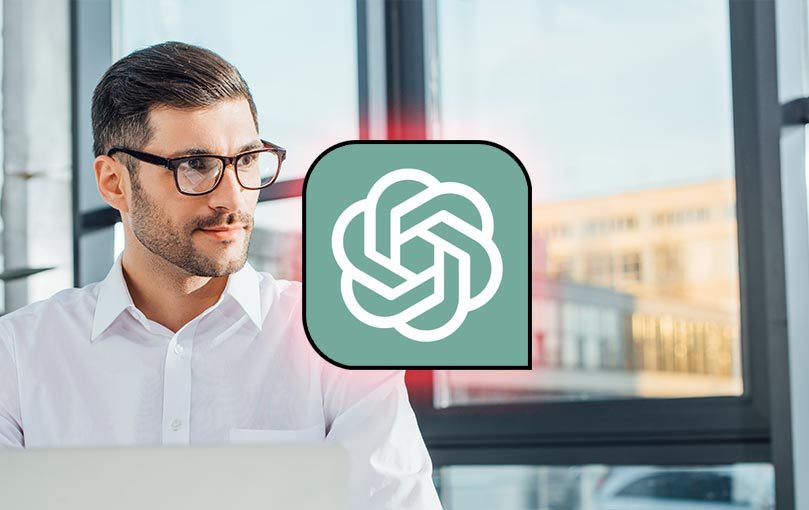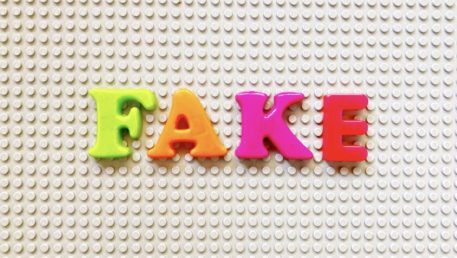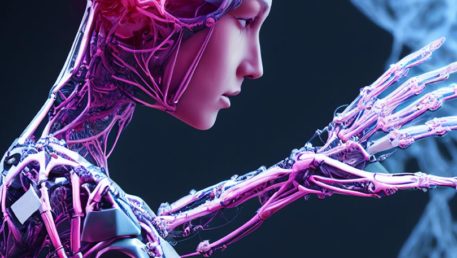The hype around AI in general and ChatGPT in particular has a threatening undertone for anyone whose job involves language and communication, including translators and translation agencies. For example, Fortune recently asked ChatGPT which jobs it thinks it will replace, and “translation” was on the list.
So, will ChatGPT replace translators? What about translation agencies? Will we even exist in 5 years?
Not so fast. It’s time for a reality check. First, let’s examine how good ChatGPT actually is at translation. Then we’ll consider whether or not it would be able to perform all of the other related services that translation agencies currently handle now.
Is ChatGPT good at translation?
In some circumstances, ChatGPT can produce machine translations on a par with services like Google Translate. However, it depends on the language pair and subject matter being translated.
For example, TenCent Labs recently compared ChatGPT’s translation performance to that of Google Translate, DeepL Translate and Tencent Transmart.
Here’s what they found:
By evaluating on a number of benchmark test sets, we find that ChatGPT performs competitively with commercial translation products (e.g., Google Translate) on high-resource European languages but lags behind significantly on low-resource or distant languages.
So, it’s just about as good as the public MT products we have now for languages that have a lot of data available, like English and German.
Performance plummets, however, when the language pair is less common or has less training material available:
ChatGPT obtains a BLEU score on English⇒Romanian that is 46.4% lower than Google Translate and the value is 10.3% on Romanian⇒English.
ChatGPT does not appear to be significantly better than current machine translation products overall, and it’s nowhere near replacing specialized neural machine translation (NMT) models that have been trained with industry-specific data. It’s certainly not going to replace a skilled translator who understands the source language, the target language and the associated cultures.
The bottom line is that, while ChatGPT can respond to your queries in ways that might make it seem like it actually understands language, it doesn’t. It’s not a great leap forward when compared to the MT technology we currently have; it’s just more fun to play around with.
When it comes to translation, pattern recognition will get you a long way … but that last mile still requires human understanding and expertise.
Can ChatGPT replicate all the functions of a translation agency?
People have been talking about replacing translators and translation agencies with Google Translate for at least 20 years now. Most businesses have not done so because they understand that while these tools do improve efficiency, they get better results with humans behind the wheel. Adding a chatbot interface is not going to change that.
On the surface, translation seems simple enough: just swap the words on the page from the source into the target language.To be fair, if you just want to get the gist of a piece of text, this may be all you need.
But for most business translation projects, that’s just the beginning. You also need a robust quality assurance process to catch and correct errors. You need subject matter experts with cultural expertise to make sure that your content makes sense in your target market. You may need experts who are familiar with relevant compliance issues, you may need a project manager to coordinate everything . . . The list could go on, but I think you get the point.
ChatGPT is not going to take over all of these different functions anytime soon. Even if it did, you would still need knowledgeable humans to review everything and make it’s all accurate.
Additionally, ChatGPT is not secure and does not protect clients’ privacy or sensitive data. Quite the opposite, in fact. According to The Conversation:
When we ask the tool to answer questions or perform tasks, we may inadvertently hand over sensitive information and put it in the public domain.
For instance, an attorney may prompt the tool to review a draft divorce agreement, or a programmer may ask it to check a piece of code. The agreement and code, in addition to the outputted essays, are now part of ChatGPT’s database. This means they can be used to further train the tool, and be included in responses to other people’s prompts.
That’s a compliance nightmare waiting to happen.
What does this mean for the future?
Of course ChatGPT is going to have an impact on the translation industry. It’s a gamechanger, but not because it will replace human translators or translation agencies. It won’t.
Instead, we can look forward to:
- New, more efficient workflows, both for clients submitting translation requests and for translators as they process them.
- Augmented human translation capacity. This is already happening, but we expect it to accelerate.
- More AI-generated content to translate. It’s important to note that EasyTranslate, a language software provider, has integrated ChatGPT for content generation (not translation).
- New specializations in the language services industry related to generative AI. For example, we’ll see more demand for “prompt engineers” to write the prompts that tell AI what to do.
At TransForma, we look forward to making the translation process faster and more efficient while maintaining a human connection with the people we work with. As always, we remain focused on delivering bespoke solutions and maintaining lasting relationships with linguists, interpreters and of course, our clients.
If you need translation or interpreting services, we’d love to learn more about your project and help you find the best solutions for your needs. Contact us today to get started!





